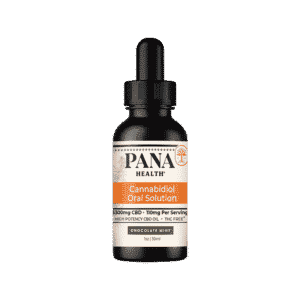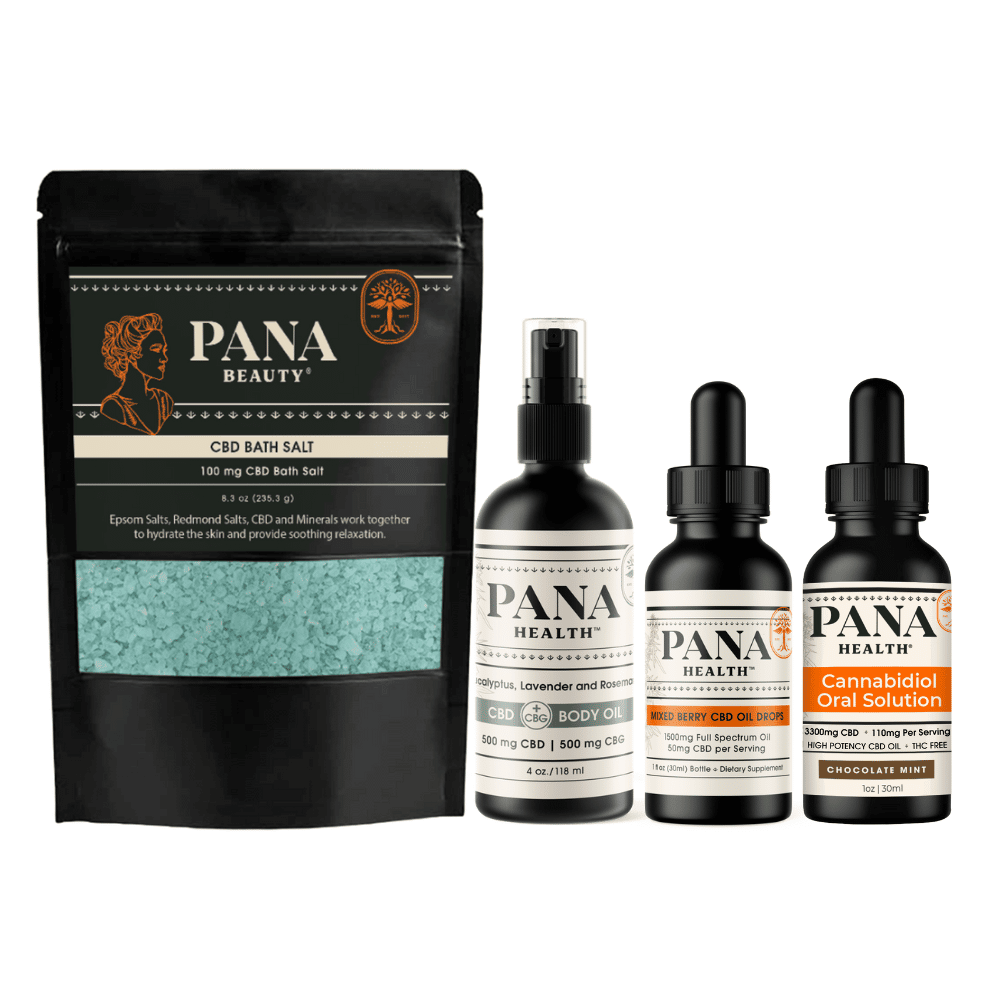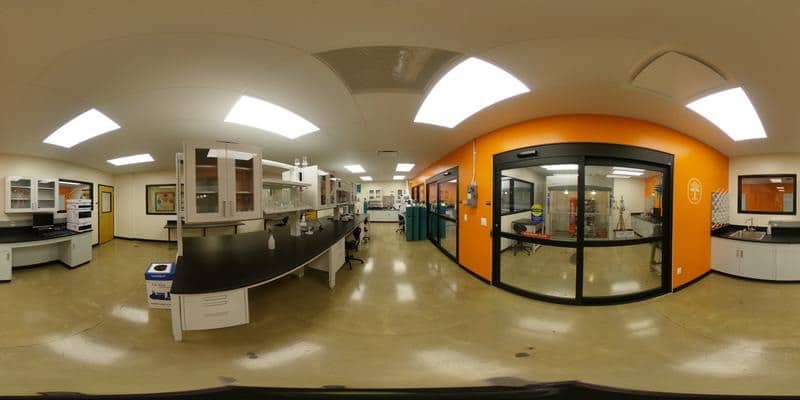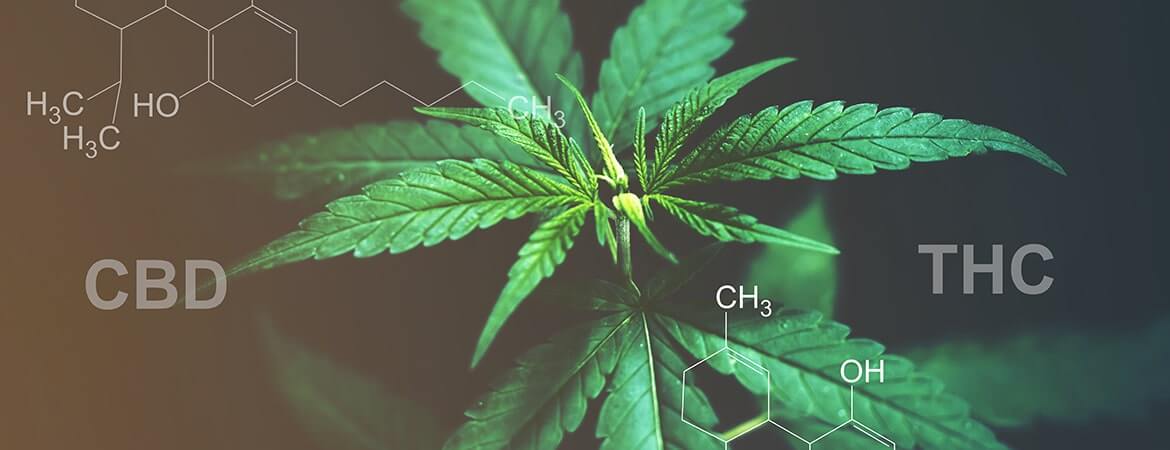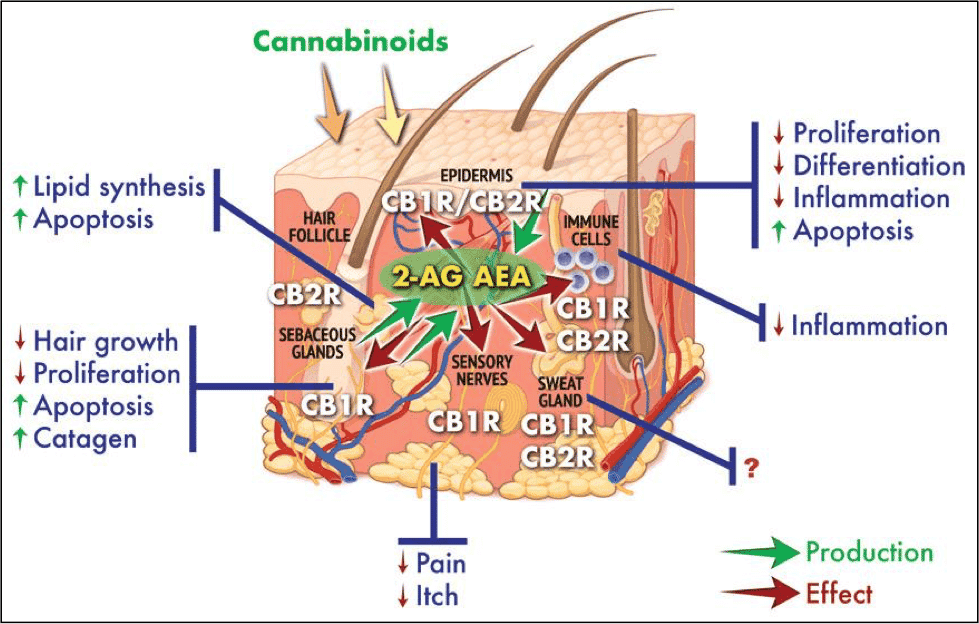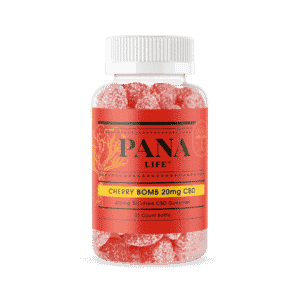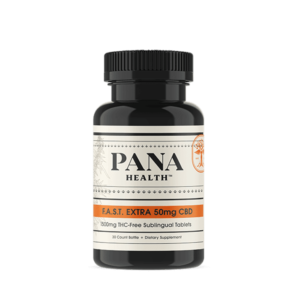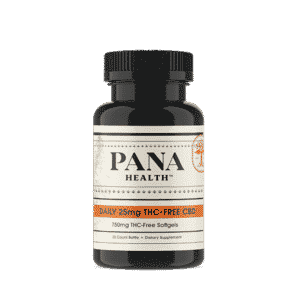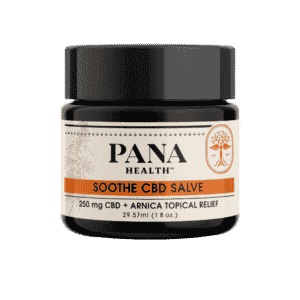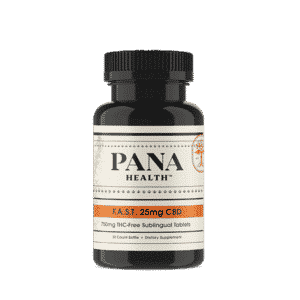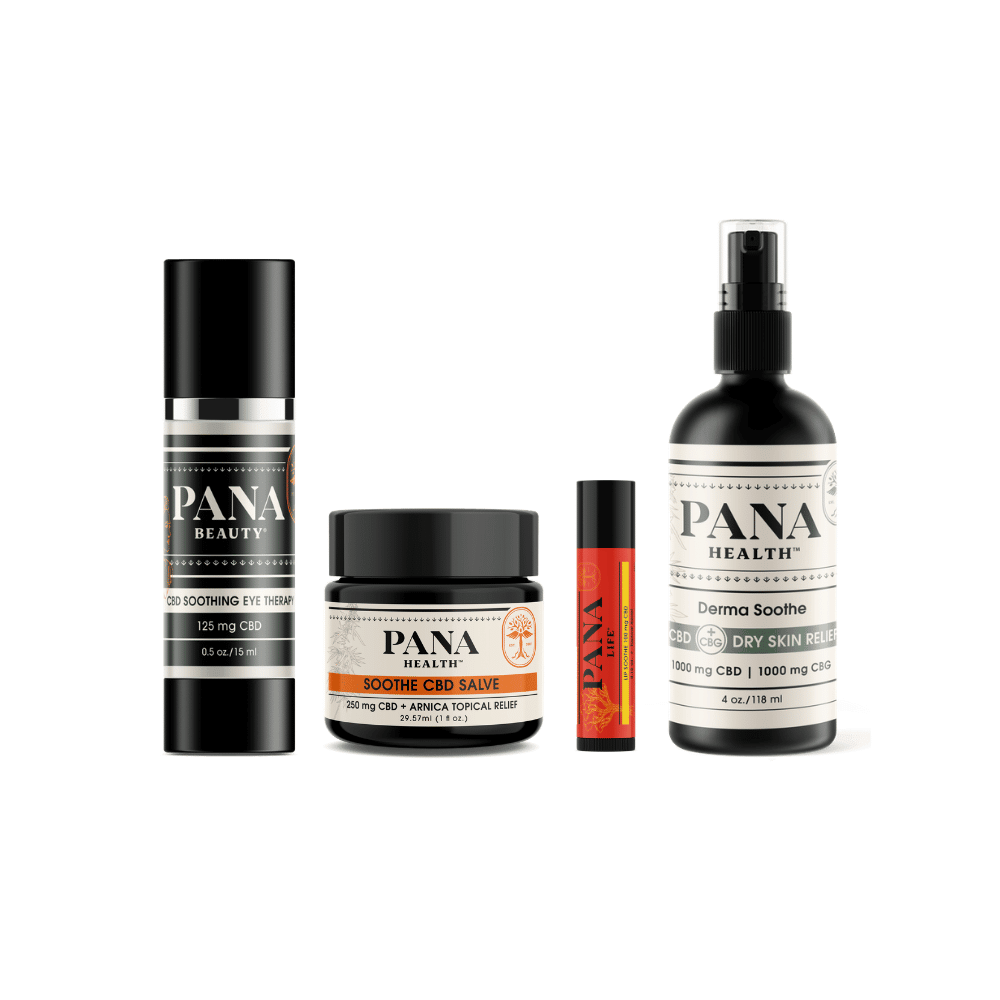Tetrahydrocannabinol (THC) has been a topic of discussion for quite some time, and a controversial one at that. On the other hand, Cannabidiol (CBD) has only recently entered the chatroom, thanks to the 2018 Farm Bill. Since then, CBD has dominated the cannabis conversation.
Let’s be honest: CBD is #TRENDING. I don’t mean it’s trendy like kale, circa 2012 trendy, but trending, due to the numerous reported health benefits.
In other words, this trend is lasting.
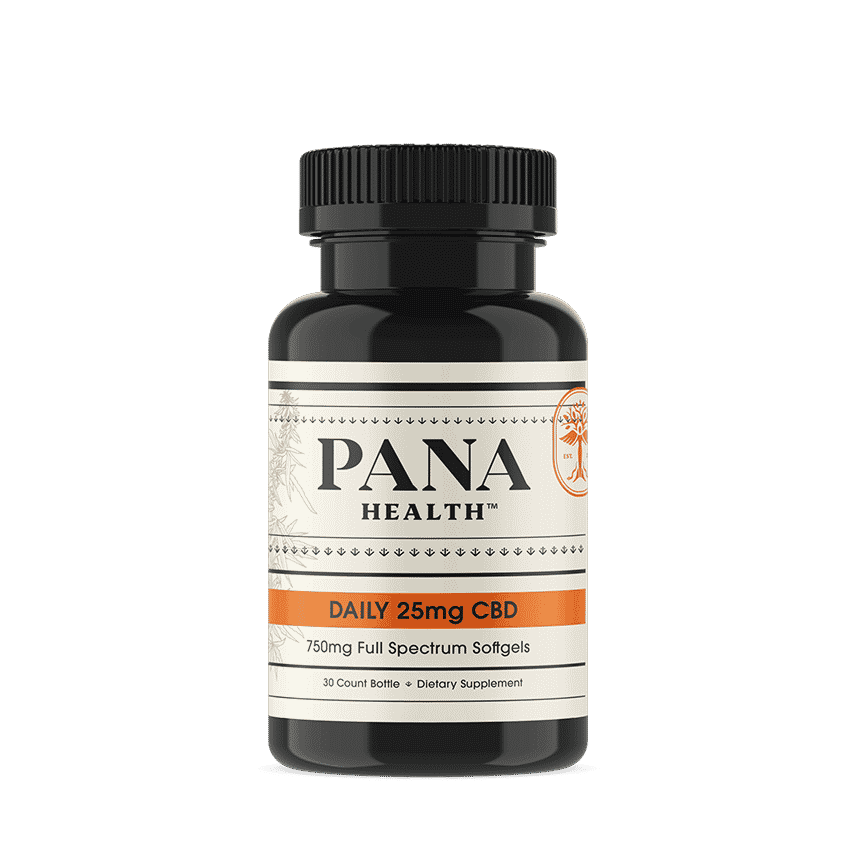
What is it about CBD that makes it so exciting? How is it different from THC? And what the heck is a cannabinoid?!
Cannabinoid
While many people upon hearing the words marijuana or cannabis immediately think of “weed” or whatever other coined term they might have adopted over time (pot, the Devil’s lettuce, wacky tobacky…to name a few), there is so much more to the incredible plant that is Cannabis sativa L.
The THC “weed” compound (which we’ll get back to shortly) is actually just one of over 480 naturally occurring chemical compounds found in the cannabis plant. Of these 480, around 113 are considered cannabinoids.
These little compounds can regulate how cells communicate in the body. Within our central nervous system lies the endocannabinoid system (ECS). The ECS is comprised of a number of receptors and enzymes that interact with cannabinoids to produce biological effects. One of the main studied receptors are the CB1 and CB2 receptors. CB1 receptor activation has been associated with the euphoric effects of cannabis. Different cannabinoids will produce different effects when introduced to our own ECS, but what they all have in common is their ability to interact with receptors and affect bodily activities like mood, sleep, memory and appetite.1
Cannabidiol (CBD) vs. Tetrahydrocannabinol (THC)
Both tetrahydrocannabinol (THC) and cannabidiol (THC) are cannabinoids, which, as we know at this point, means they both can interact with the ECS. However, there are some key differences between them.
THC binds directly with the CB1 receptors, allowing it to produce the “high” sensation that arguably makes it so famous (and not always legal) in the first place. CBD interacts very weakly with CB1 receptors, but can only bind indirectly or not at all to them, rendering it non-psychoactive and even giving in the ability to reduce the effects of THC. While CBD does not lead to the intoxicated “high” seen with THC, it can still produce significant effects. Notably, a sense of calm and relaxation or lift in mood.
Since the passing of the 2018 Farm Bill, which essentially made CBD legal so long as it contains less than 0.3 percent THC, it has exploded into popular mainstream culture. Manufacturers, researchers, and your everyday consumer boast claims of CBD’s ability to treat a plethora of ailments, with several studies supporting these very claims. Among these ailments include insomnia, chronic pain, anxiety, depression, stress, chemotherapy side effects, seizures…the list goes on and on.
For more information on CBD’s magic, THC, and everything else cannabis-related, head to our blog page!


